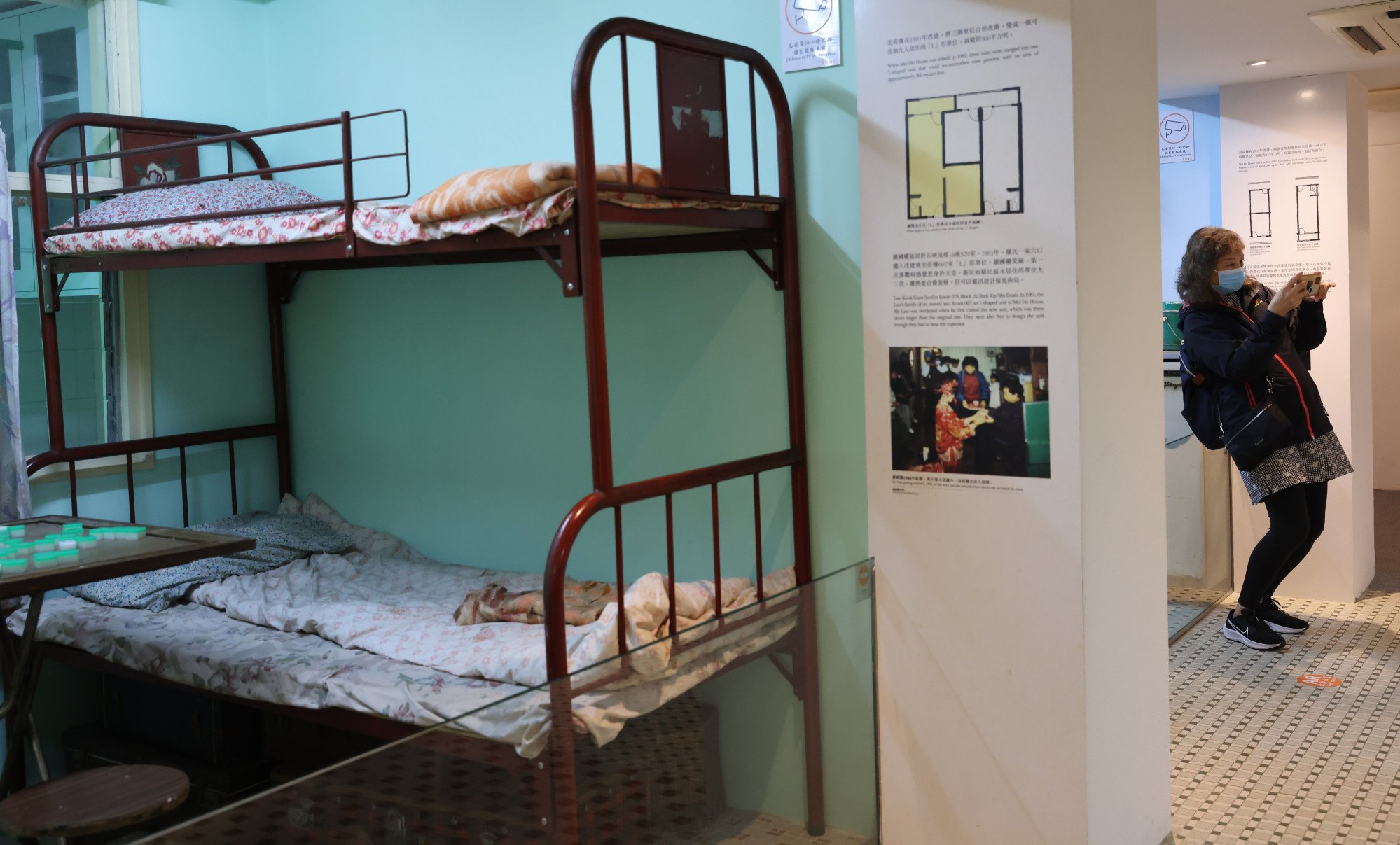
Instagram-famous Choi Hung Estate’s fate demands new approach
- Hong Kong’s approach to development has for too long prioritised demolishing and rebuilding instead of finding ways to preserve the city’s heritage
- Choi Hung Estate has a special place in Hong Kong’s history and cries out for new ideas in urban planning
So far, Hong Kong’s redevelopment of ageing estates has largely taken the approach of reconstruction. This is an easy and efficient solution, but disastrous for the preservation of the city’s uniqueness. Redevelopment should not just be about increasing the number of residential units and improving residents’ quality of life.
Given the estate’s popularity, it is a perfect candidate for conservation. It could be a showcase of how Hong Kong has promised to offer its residents a better life over the years and will continue to do so.
Choi Hung Estate – where ordinary Hongkongers go about their lives behind colourful walls – can do just that.
As the mainland develops, its cities are filled with skyscrapers that look similar. The skylines of Shanghai and Shenzhen now rival Hong Kong’s. The city must choose a different approach to development, one that maintains its uniqueness.
Does Hong Kong need any more trophy skyscrapers?

There is no doubt Choi Hung Estate needs redevelopment so that it can offer a safe and comfortable living environment. However, cost-effectiveness should not be the only consideration when decisions are made about the estate’s future.
In Europe, many countries have preserved entire city districts, allowing people to savour history while walking the streets. Given Choi Hung Estate’s historical significance, it is worth considering different approaches.
Lessons for Hong Kong in Shanghai’s conservation of old buildings
Internal restructuring combined with external renovation could be an option. Perhaps the buildings around the car park in the centre of the estate could be retained, while new ones are constructed around them. This way, the overall structure of the estate and its iconic appearance will remain.
John Hanzhang Ye is a PhD student in science and technology history at the University of Minnesota, Twin Cities and also holds an MPhil degree in sociology from the Chinese University of Hong Kong


